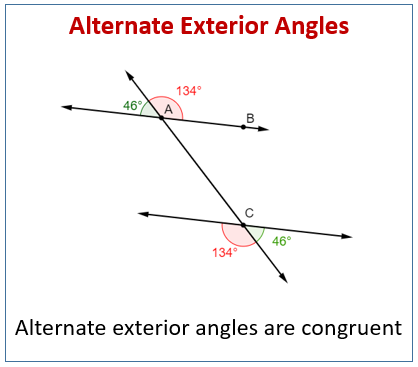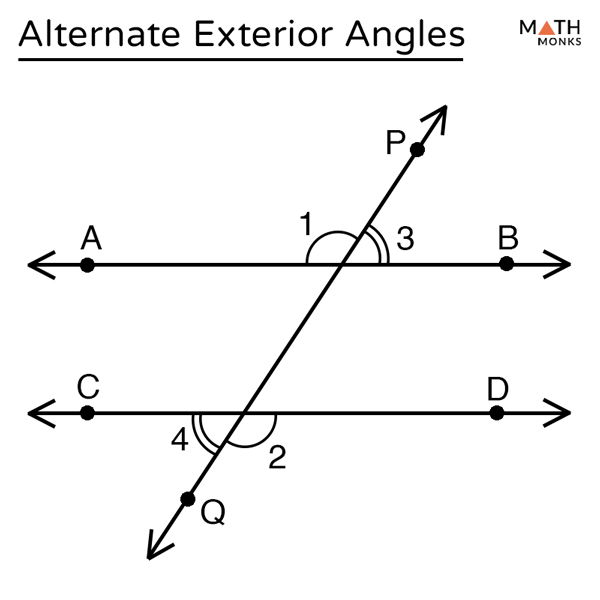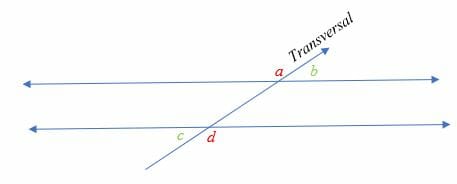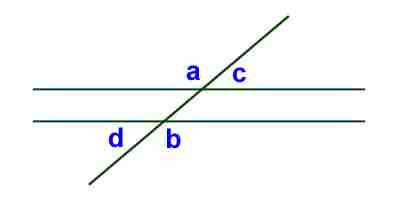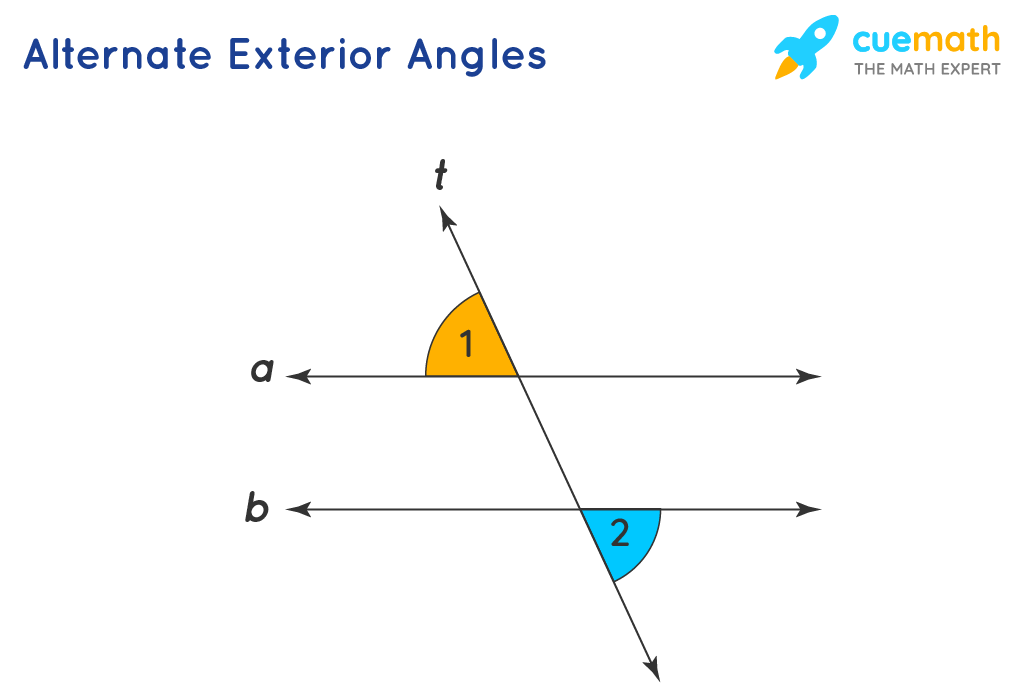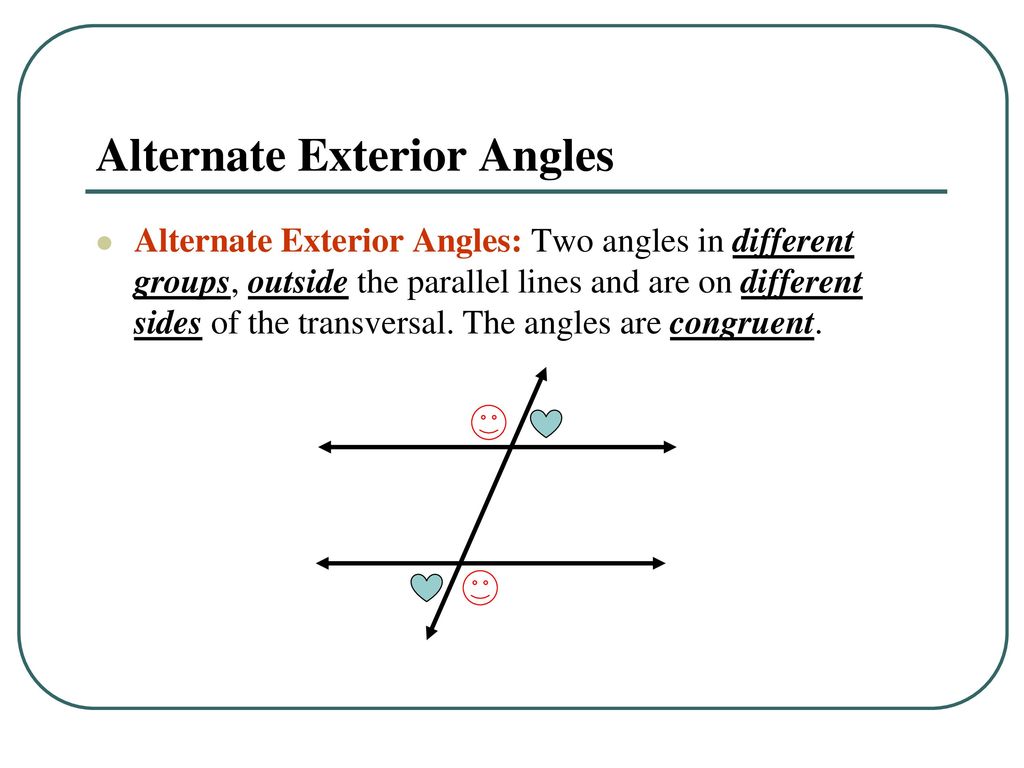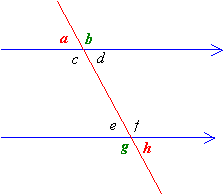Alternate Exterior Angles Facts

On the outer side of those two lines.
Alternate exterior angles facts. Alternate angles are equal. Angles ce are also alternate Corresponding angles Angles a and e are corresponding angles. They are supplementary both angles add up to 180 degrees.
The Alternate Exterior Angles Theorem states that when two parallel lines are cut by a transversal the resulting alternate exterior angles are congruent. Steps 2 and 3 may be done in either order and may need to be repeated. At each intersection the corresponding angles lie at the same place.
Corresponding angles are equal. Exterior angles are defined as the angles formed between the side of the polygon and the extended adjacent side of the polygon. These angles often form a Z shape and are often known as Z Angles.
Can you make a Z. Firstly because angles BEF and EHJ are corresponding angles we get textangle EHJ 39degree. Next because angles EDH and DHG are alternate angles we get textangle DHG 76degree.
Alternate exterior angles lie outside the lines cut by the transversal. Notice that the F shape can be upside down or back to front. Alternate Angles are angles on opposite sides of the transversal.
A transversal is a line that intersects two or more coplanar lines each at a different point. As the angles on straight line add up to 180 degrees and the three interior angles of a triangle also add up to 180 degrees the exterior angle of a triangle is equal to the sum of. Alternate Exterior Angles are a pair of angles on the outer side of each of those two lines but on opposite sides of the transversal.


